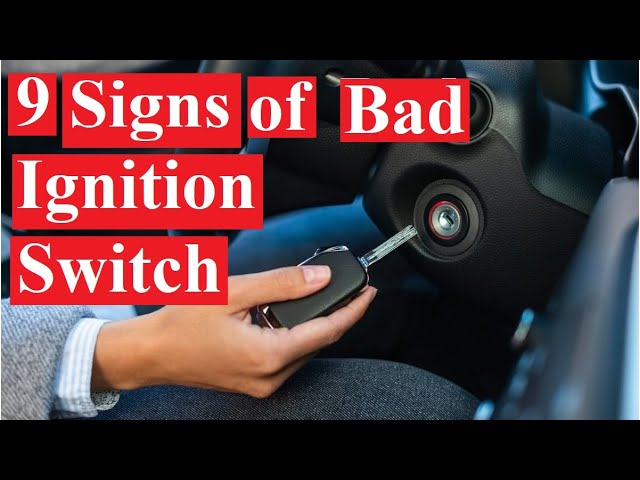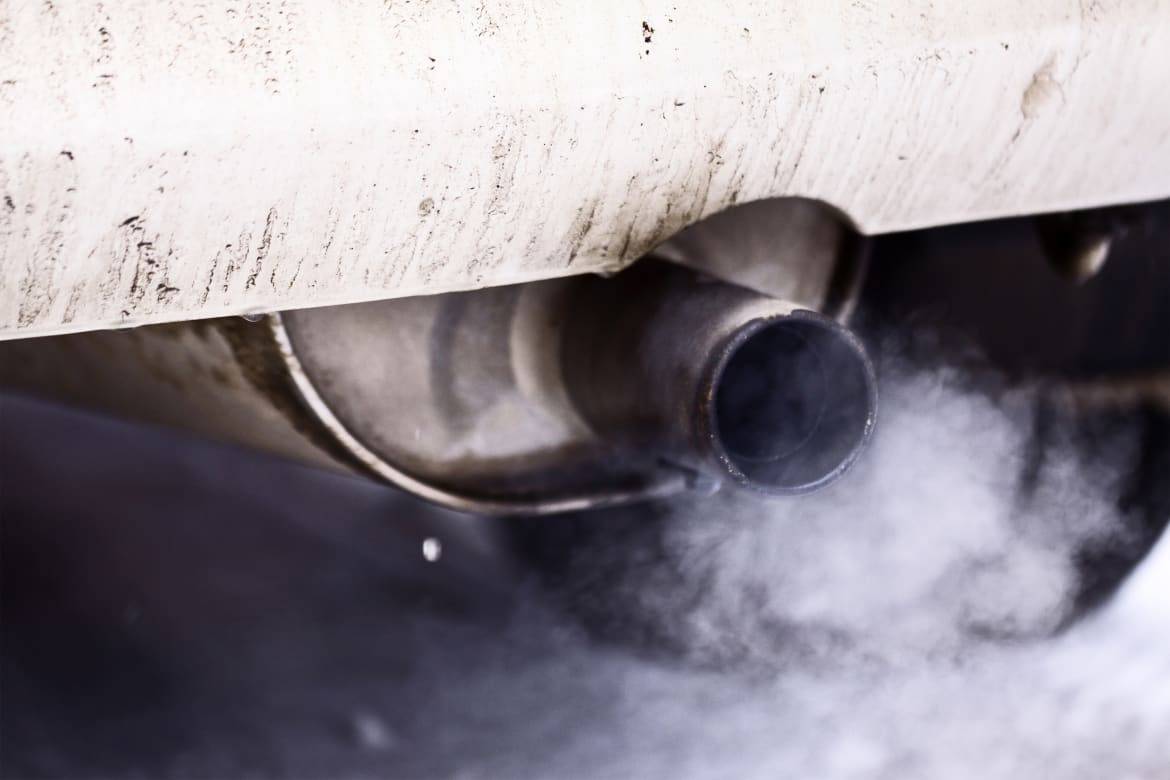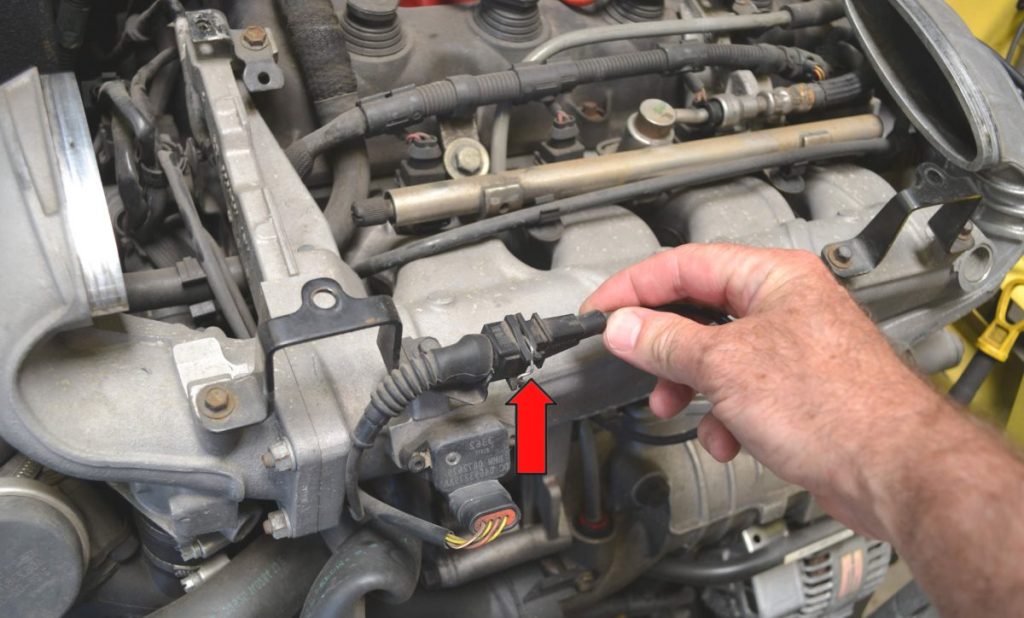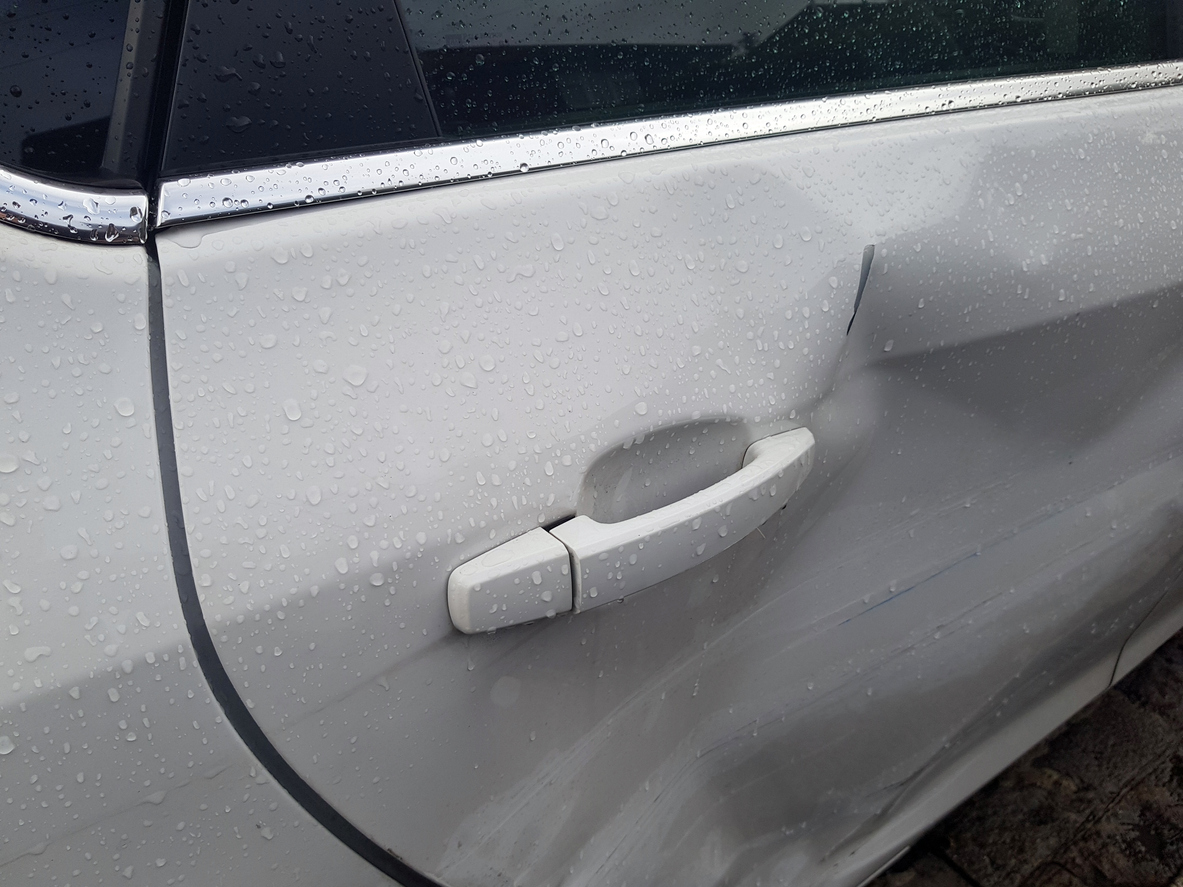Crankshaft Sensor Replacement Cost
The cost to replace a crankshaft sensor typically ranges from $120 to $300. Labor costs vary by location and vehicle make and model.
Replacing a crankshaft sensor is a critical repair that ensures your vehicle’s engine monitors its rotational speed correctly. This small component plays a crucial role in your vehicle’s engine management system, influencing fuel injection and ignition timing. Professional mechanics can often complete the replacement within an hour or two, although the timeframe can extend based on accessibility and the specific vehicle’s design.
Auto shops may charge differently based on their hourly labor rates, and the price of the sensor itself can vary significantly by brand and quality. It’s vital to address crankshaft sensor issues promptly, as a faulty sensor can lead to poor engine performance, increased emissions, or even a non-starting engine, underscoring its importance for maintaining your vehicle’s health and operational reliability.
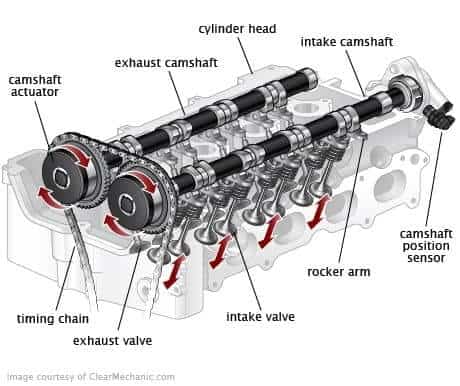
Credit: uchanics.ca
The Role Of The Crankshaft Sensor In A Vehicle
The crankshaft sensor, often nestled within the engine bay, plays a pivotal role in your vehicle’s performance. It serves as a crucial link in your car’s complex system. Its primary job? To monitor the position or rotational speed of the crankshaft. This data is key to engine management. It ensures smooth and efficient operation. Let’s delve into the key functions and symptoms of a failing crankshaft sensor.
Key Functions And Importance
A crankshaft sensor is vital for several reasons:
- Timing: It helps manage engine timing for fuel injection and ignition.
- Efficiency: It contributes to optimal fuel consumption and reduced emissions.
- Prevention: It prevents engine misfires, increasing the lifespan of the engine.
Symptoms Of A Failing Crankshaft Sensor
Recognizing the signs of a failing sensor can save on costly repairs:
| # | Symptom | Description |
|---|---|---|
| 1 | Check Engine Light | This light may come on if there are sensor issues. |
| 2 | Erratic Starting | Your car may struggle or fail to start. |
| 3 | Engine Stalling | The engine may stall unexpectedly during operation. |
| 4 | Rough Idling | Vibrations or shaking when the car is idle. |
| 5 | Power Loss | Sudden loss of power while driving. |
If you notice any of these issues, a mechanic can help. Prompt attention to sensor problems can save you time and money.

Credit: www.youtube.com
Factors Influencing Crankshaft Sensor Replacement Cost
Understanding the cost of crankshaft sensor replacement involves considering various factors. These include vehicle specifics, part quality, and where you live. Below, we explore each of these elements in detail.
Vehicle Make And Model
The type and model of your vehicle play a crucial role in the replacement cost. Certain cars require more expensive sensors or more labor-intensive installation processes. Here’s how different cars can influence the overall expense:
- Exclusive brands often demand higher-priced parts.
- Luxury and performance cars might require specialized labor.
- Some models have easy-to-reach sensors, lowering labor costs.
Part Quality And Availability
Quality and availability of the crankshaft sensor directly impact your wallet. Options may vary from generic replacements to manufacturer-specific parts. Consider these points:
- OEM parts guarantee optimal compatibility but can be pricier.
- Aftermarket sensors provide cost-effective alternatives.
- Scarce inventory could mean higher prices or delays.
Regional Variations In Labor Costs
Your location influences the rate mechanics charge for their services. Labor costs tend to fluctuate based on these regional factors:
| Area Type | Cost Influence |
|---|---|
| Urban | Higher due to increased overheads |
| Suburban | Moderate reflecting mid-level demand |
| Rural | Lower due to reduced operational costs |
Select a trusted mechanic and cross-check their rates with nearby facilities. This ensures you receive a fair price for the job.
Estimating The Cost Of Crankshaft Sensor Replacement
A faulty crankshaft sensor can put a dent in your day and your wallet. Knowing the cost involved in replacing this critical component is essential. The price varies depending on your vehicle model and the mechanic you choose. Be prepared by understanding the average costs for parts and labor.
Average Price Range For Parts
The cost of a crankshaft sensor might surprise you. It varies widely by brand and quality. On average, expect to spend between $20 to $150 for a new sensor. Aftermarket parts typically cost less, while OEM (Original Equipment Manufacturer) parts are more expensive. Review these options:
- Aftermarket Parts: Budget-friendly, diverse availability.
- OEM Parts: Higher quality, vehicle-specific fit.
Check your vehicle’s warranty before buying. Sometimes, the warranty might cover the crankshaft sensor.
Labor Costs Breakdown
Most of your expense might come from labor costs. Mechanics charge per hour. Expect rates from $50 to $120 per hour. Check this labor cost breakdown:
| Mechanic Type | Cost Range |
|---|---|
| Independent Local Shops | $50 – $80/hr |
| Dealerships | $80 – $120/hr |
Compare rates from local shops and dealerships. Choose based on budget and service quality.
Credit: repairpal.com
Steps Involved In Replacing A Crankshaft Sensor
Understanding the steps for replacing a crankshaft sensor sheds light on the labor costs involved. It can also offer insights into the crucial role of this sensor. Here’s a detailed look at what goes into this important repair task.
Diagnosis Of Sensor Failure
Identifying the problem with precision is key. Mechanics use diagnostic tools to confirm the crankshaft sensor’s failure.
- Technicians connect a scan tool to the car’s onboard computer.
- The tool reads error codes that indicate sensor issues.
- Visual inspection confirms the diagnosis.
- Test drives may be conducted to monitor the sensor’s performance in real-time.
The Replacement Process
Replacing the crankshaft sensor involves specific steps:
- Disconnect the battery to ensure safety.
- Locate the crankshaft sensor on the engine block.
- Remove electrical connectors and mounting bolts with care.
- Extract the faulty sensor from its position.
- Install the new sensor and secure it firmly.
- Reconnect the wiring and test for secure fittings.
- Battery reconnection completes the setup.
Post-replacement Testing
Ensuring proper function after installation is essential. The post-replacement phase involves:
- Running the diagnostic tool again to ensure no error codes persist.
- Performing a test drive to observe the engine’s behavior.
- Monitoring the vehicle’s performance data for optimal sensor operation.
Saving On Costs Without Compromising Quality
Saving on costs doesn’t mean you have to sacrifice quality, especially when it comes to replacing your vehicle’s crankshaft sensor. There are smart strategies that can trim your expenses. Let’s explore how you can save money without cutting corners on quality.
Choosing Aftermarket Parts Over Oem
Original Equipment Manufacturer (OEM) parts come directly from your vehicle’s maker. Aftermarket parts, on the other hand, are produced by other companies. They often match or even exceed OEM parts in quality, and come with a much lower price tag. When selecting aftermarket parts:
- Check for warranty offers
- Read reviews to ensure quality
- Verify compatibility with your vehicle
Diy Replacement: Pros And Cons
Doing a crankshaft sensor replacement yourself can be a cost-saver. You only pay for the part, not labor. However, consider the pros and cons:
| Pros | Cons |
|---|---|
| Save on labor costs | Potential for incorrect installation |
| Learn about your vehicle | Need for specialized tools |
Ensure you have clear instructions and the right tools before starting a DIY replacement.
Finding A Reliable Mechanic At A Fair Price
Finding the right mechanic is crucial. A fair-priced, trustworthy mechanic can save you money in the long run. Here are tips to find one:
- Seek recommendations from friends and family
- Read online testimonials and reviews
- Compare service quotes
- Ask about warranties on parts and labor
A dependable mechanic with a strong reputation offers peace of mind alongside cost savings.
Post-replacement Tips And Maintenance
After replacing your crankshaft sensor, proper care is vital for long-lasting performance. Follow these tips and upkeep routines to avoid future issues and maintain your vehicle’s health.
Keeping Your Crankshaft Sensor In Good Shape
To keep your new crankshaft sensor in top condition, consider these actions:
- Regularly check sensor connections for corrosion or damage.
- Ensure wires are secure and have no signs of wear or fraying.
- Clean the area around the sensor to prevent dust or debris build-up.
- Monitor engine performance, as irregularities might suggest sensor issues.
- Follow manufacturer’s maintenance schedule for your vehicle closely.
When To Seek Professional Help
Sometimes, issues might be beyond DIY fixes. It’s best to seek help:
- If the check engine light comes on after replacement.
- Strange noises or stalling may point to sensor-related problems.
- Difficulty starting the vehicle calls for a professional’s touch.
- Inconsistent acceleration can signal a malfunctioning sensor.
- For annual inspections, trust a certified mechanic.
Your vehicle’s performance depends on a healthy crankshaft sensor. Stick to these tips to minimize future costs and keep your car running smoothly!
Frequently Asked Questions On Crankshaft Sensor Replacement Cost
How Much Does A Crankshaft Sensor Replacement Cost?
The cost for a crankshaft sensor replacement typically ranges between $120 and $300. Factors influencing the price include the vehicle make, model, labor costs, and the price of the part itself.
Is A Crankshaft Sensor Replacement A Quick Process?
Replacing a crankshaft sensor can be a quick process, often completed within an hour. However, this can vary based on the specific vehicle model and the accessibility of the sensor.
Can I Drive With A Faulty Crankshaft Sensor?
Driving with a faulty crankshaft sensor is not recommended. It can lead to engine stalling, reduced engine performance, and potentially cause the vehicle to not start, posing a safety risk.
What Are Symptoms Of A Failing Crankshaft Sensor?
Symptoms include erratic engine behavior, engine stalling, a check engine light, reduced fuel efficiency, and issues with starting the vehicle. These signs should prompt immediate inspection.
Conclusion
Understanding the expenses involved in crankshaft sensor replacement helps car owners budget effectively. It’s crucial to factor in both parts and labor costs. By addressing this issue promptly, you avoid further engine damage and costly repairs. Trust a reputable mechanic to ensure your vehicle runs smoothly again.
Safe driving starts with a well-maintained car.

